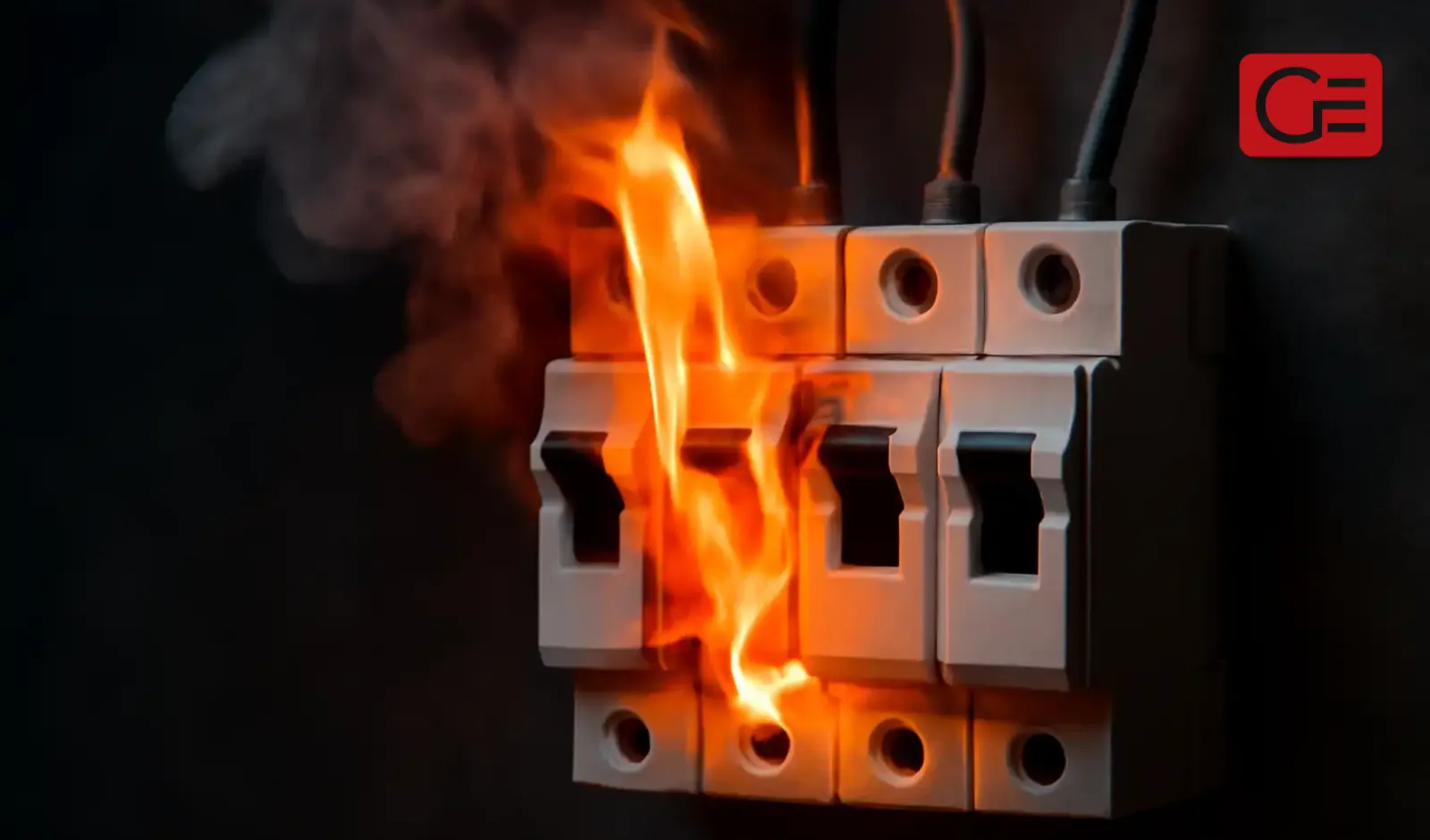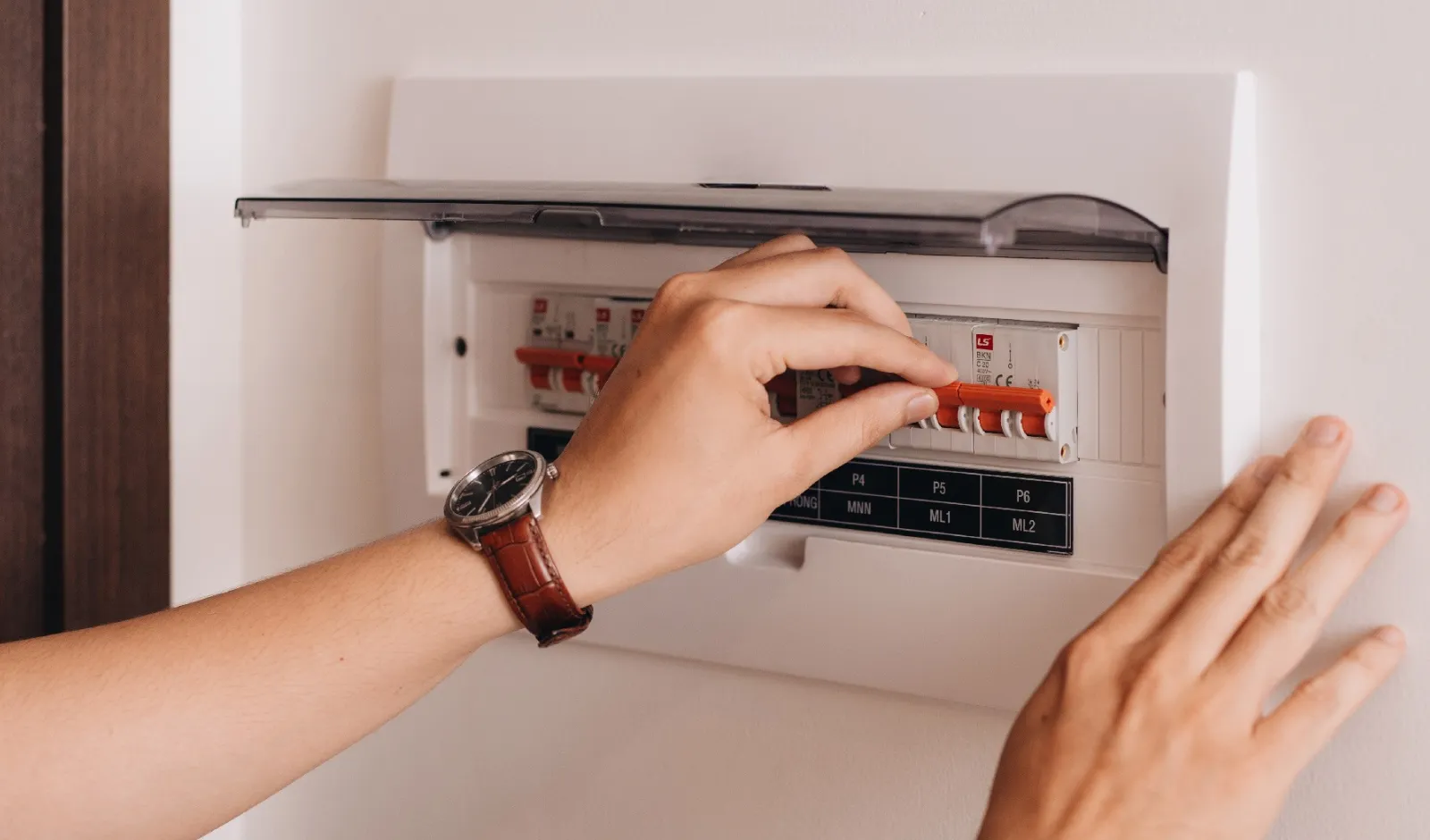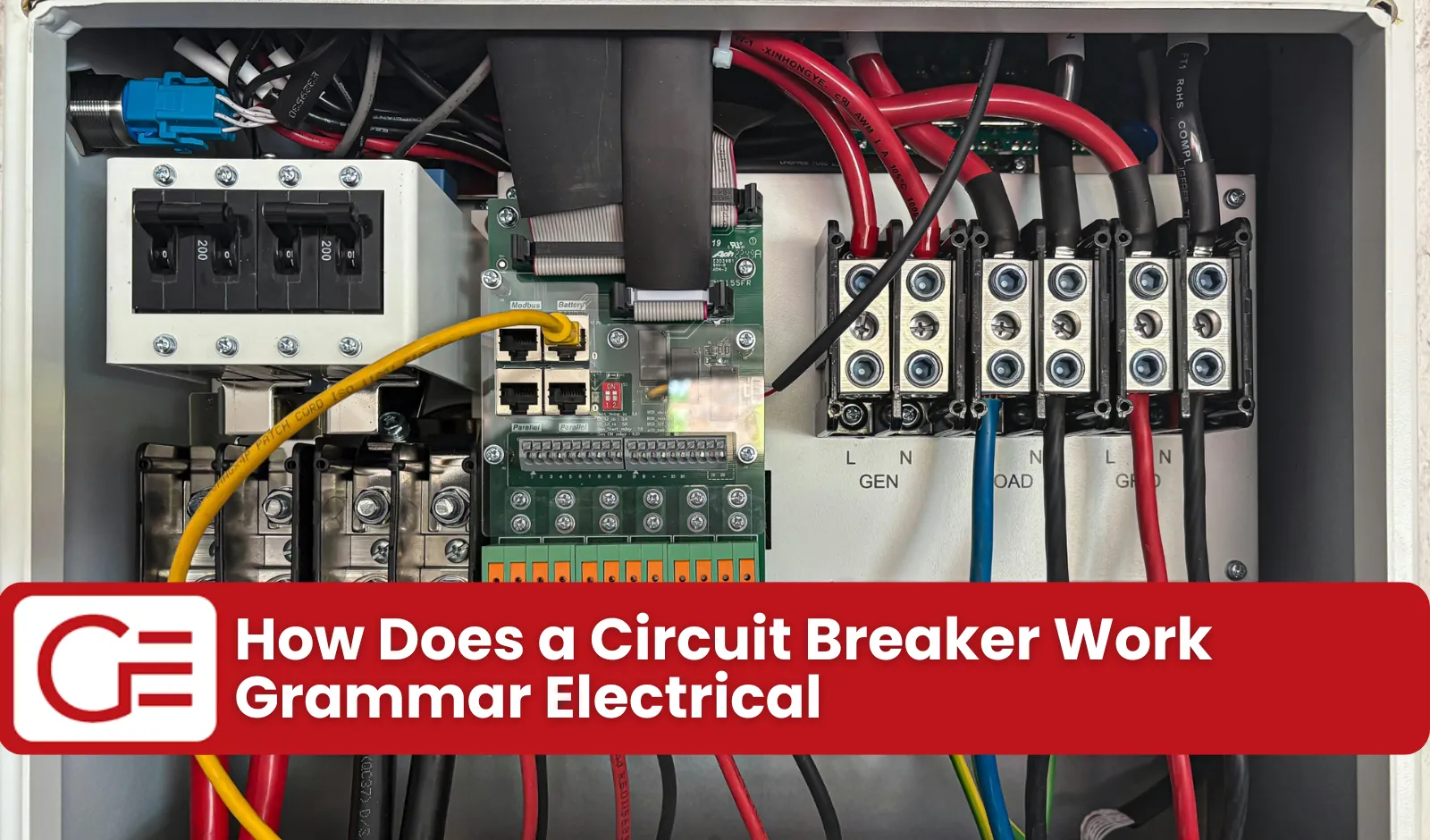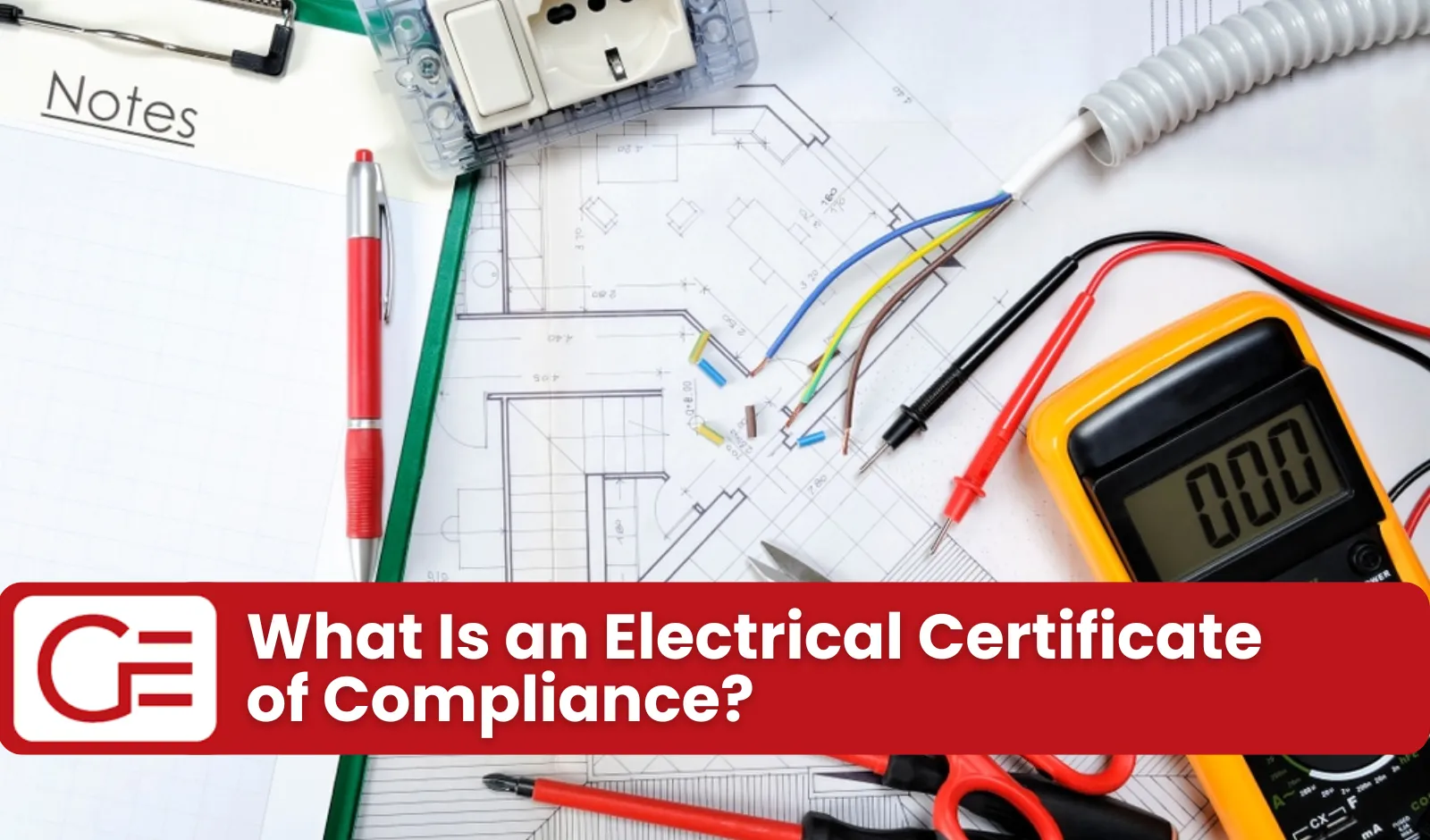


Your circuit breakers act as your home’s first line of defense against electrical hazards. They automatically shut off power during overloads, faults, or short circuits, protecting your wiring, appliances, and family from potential fires.
Like any electrical component, breakers can deteriorate over time. Recognizing the early signs of a faulty circuit breaker and knowing when to call a professional electrician can help prevent unexpected power outages and costly damage.
In this guide, we’ll cover the most common warning signs that your breaker may need attention and explain how regular electrical maintenance and timely inspections by a qualified expert are essential for keeping your electrical system safe and reliable.
Why Circuit Breakers Go Bad
A breaker can fail for several reasons:
- Age and Wear - Over years of use, internal mechanisms weaken, especially if the breaker trips frequently.
- Corrosion or Moisture - Common in older or outdoor panels, corrosion interferes with electrical contact.
- Loose Connections - Poor connections cause heat build-up, increasing the risk of arcing and failure.
- Overloading - Running too many high-demand appliances on one circuit accelerates wear and damages contacts.
If you’re unsure whether your breaker is failing or if the issue lies with wiring, call an electrician for testing. Licensed professionals can safely diagnose the cause and perform circuit breaker replacement if needed.

How to Tell If a Circuit Breaker Is Bad
Below are the most common warning signs your breaker may be failing.
1. Frequent Tripping
If your circuit breaker trips frequently, even after you’ve unplugged appliances, the internal trip mechanism may be worn or unstable. Normal tripping protects your system, but consistent tripping without clear cause signals internal failure.
2. Breaker Won’t Stay Reset
When you try to reset the breaker and it immediately trips again without any load connected, that’s a clear sign the internal components have failed. This is one of the most obvious ways to tell if a circuit breaker is bad.
3. Burning Smell or Heat
A warm or hot breaker, or a burnt odour near the breaker panel, means it’s overheating. This happens when metal parts lose contact integrity and start to arc. Switch off power immediately and call an electrician. Overheating breakers are serious fire hazards.
4. Visible Damage or Discoloration
Check for cracks, rust, scorch marks, or melted plastic around the switch or panel. Any visual damage means the breaker or wiring behind it is compromised. Never touch a damaged breaker; turn off the electric service and book an inspection.
5. Flickering Lights or Power Surges
If lights dim, flicker, or appliances reset when the breaker trips or resets, it’s likely due to a loose connection or failing contacts inside the breaker. This can cause inconsistent voltage and shorten the lifespan of your electrical appliances.
If you notice any of these warning signs, don’t wait for the issue to worsen. Grammar Electrical’s 24/7 emergency electricians are available to inspect, repair, or replace faulty breakers safely, keeping your home powered and protected at all times.

Testing a Circuit Breaker Safely
If you suspect a faulty breaker, follow these steps carefully:
- Turn off all devices connected to the affected circuit.
- Flip the breaker fully off, then back on to reset it.
- If it won’t stay on or immediately trips again, don’t force it.
- Call a licensed electrician to perform voltage and continuity tests with proper tools.
Safety Tip: Never remove the panel cover or touch live wiring. Exposed components carry lethal voltage. Testing and repairs should only be done by qualified electricians who understand NZ safety codes and can issue compliance documentation.

When to Replace a Bad Circuit Breaker
Circuit breakers are built to last around 15 to 20 years, but over time, wear and tear can compromise their performance. Replacement becomes necessary when:
- The breaker won’t stay reset or trips repeatedly without load.
- There’s a burning smell, scorch marks, or visible heat damage.
- Power becomes inconsistent, with lights flickering or appliances losing power.
- You notice melted, cracked, or discoloured components inside the panel.
If several breakers show these symptoms, it may signal a larger issue within your switchboard. In that case, a complete switchboard upgrade may be the safest solution. Modern circuit breakers and residual current devices (RCDs) offer improved protection, faster response times, and compliance with New Zealand electrical safety standards.
Regular inspections, fault testing, and load balancing can extend your system’s lifespan and prevent electrical hazards before they occur.
Protect Your Home With a Safe Electrical System
Frequent tripping, flickering lights, or warm breakers can signal deeper electrical issues like overloaded circuits or damaged wiring. Left unchecked, these problems may lead to costly damage or even electrical fires.
A professional inspection ensures your system meets New Zealand safety standards and keeps your property protected. At Grammar Electrical, we service residential, commercial, and industrial properties, providing expert breaker replacements, switchboard upgrades, and same-day repairs.
Call Grammar Electrical on 09 884 6611 or book online to save $15, Auckland’s trusted team for fast, safe, and reliable electrical repairs.
Got a question?
Contact us for a FREE installation quote or book your job online today.
Same Day Service Guarantee - Terms & Conditions

The "Same Day Service Guarantee or it's Free" applies to:
a. Residential work and Commercial only.
b. Jobs specified as needing same day service when booking a job by phone or online.
c. Residential and Commercial work booked with Grammar Electrical:
i) Before 11:00AM
ii) For calls or online bookings received after 11:00AM, the customer will be offered a job. Booking for the next business day and normal callout fees ($170+ GST) will apply.
iii) Any other jobs booked outside business hours (9:00AM - 5:00PM Monday- Friday) will incur after hours charges.
iv) This offer is excluded for jobs booked on New Zealand public holidays.
d. If Grammar Electrical are unable to attend on the same day (within 24 hours) for a job booked by the customer, the standard callout fee of $170 + GST will be waived and is free, but all other normal charges, fees and expenses will apply to perform the Electrical Services and to provide any products/materials concerning those services.
e. The Standard Callout Fee will be deducted from your bill as long as you pay within your invoice's due date. The callout charge is applicable if your invoice is overdue.
f. If Grammar Electrical are willing and able to perform the Service or provide the Goods on the same day the job is booked, however the Customer for whatever reason does not give access to their property on the day, Grammar Electrical will be deemed to have complied with it's "Same Day or it's Free" guarantee and shall be entitled to charge the customer the standard call-out fee.
g. This offer is not a guarantee of work being completed. The completion of the job will depend on stock availability and also the amount of work required.



















